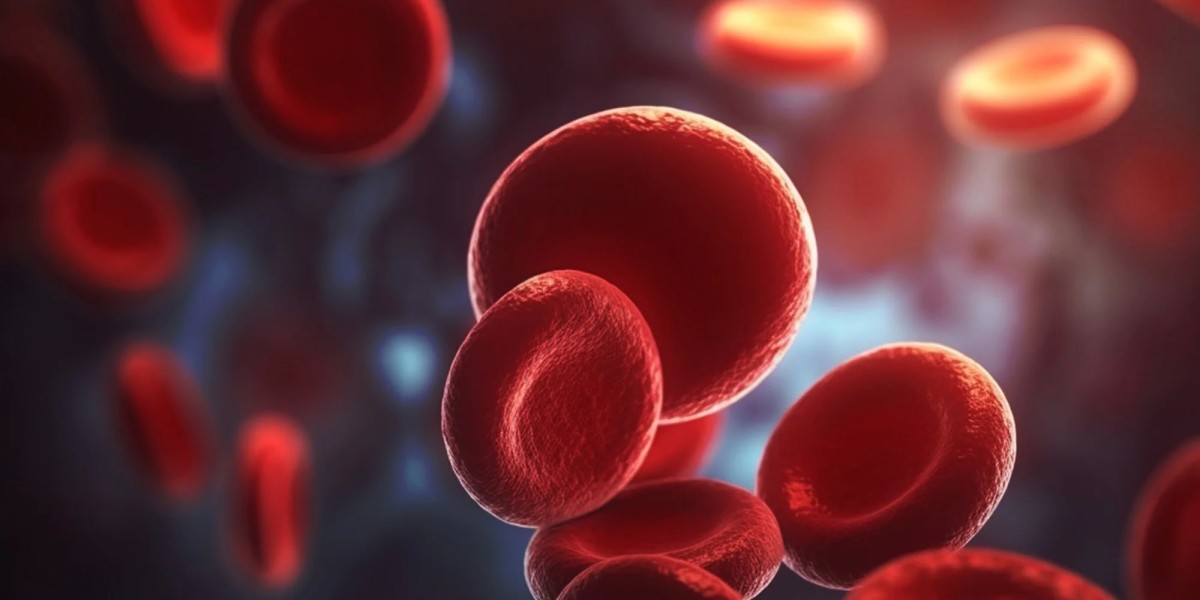Introduction to Hyperemia:
Hyperemia, a term often encountered in medical contexts, refers to the increased blood flow to a particular organ or tissue in the body. This physiological response can occur due to various factors and may manifest differently depending on its underlying cause. The word “Hyperemia” is derived from Greek, meaning “hyper-” (too much) and “haemo-” (blood). It is used to describe an excessive amount of blood in the tissue of an organ. Specifically, it may also be used to describe the increased flow of blood that occurs as a result of capillary dilation in the organ. To grasp a comprehensive understanding of hyperemia, it's essential to delve into its mechanisms, types, causes, symptoms, diagnosis, and treatment options.
Mechanisms of Hyperemia:
Hyperemia primarily occurs through two mechanisms: active hyperemia and passive hyperemia. Active hyperemia, also called functional hyperemia, happens when tissues have more metabolic activity, which causes local arterioles to widen and blood flow to increase. Passive hyperemia, on the other hand, stems from impaired venous outflow, leading to engorgement of blood vessels and the accumulation of blood within the affected area.
Types of Hyperemia:
Hyperemia can be categorized into two main types based on its underlying cause: physiological hyperemia and pathological hyperemia. Physiological hyperemia refers to the normal increase in blood flow that occurs in response to physiological stimuli, such as exercise or digestion. Pathological hyperemia, however, denotes an abnormal elevation in blood flow resulting from underlying pathological conditions, such as inflammation or injury.
Causes of Hyperemia:
Various factors can trigger hyperemia, including:
- Increased metabolic demands
- Local tissue injury or inflammation
- Neurological stimulation
- Hormonal influences
- Pharmacological agents
Symptoms of Hyperemia:
The symptoms associated with hyperemia may vary depending on the underlying cause and the affected organ or tissue. Common symptoms include:
- Redness or flushing of the skin
- Swelling or edema
- Warmth or heat sensation
- Pain or discomfort
- Increased pulsation in the affected area
Diagnosis of Hyperemia:
Diagnosing hyperemia typically involves a thorough medical history review, physical examination, and possibly further diagnostic tests, including:
- Imaging studies (e.g., ultrasound, MRI)
- Doppler ultrasound to assess blood flow velocity
- Blood tests to evaluate inflammatory markers or hormonal levels
- Biopsy of affected tissues for histological analysis
Treatment Options for Hyperemia:
The management of hyperemia aims to address its underlying cause and alleviate associated symptoms. Treatment options may include:
- Rest and elevate the affected limb or body part to reduce swelling.
- Application of cold compresses or ice packs to constrict blood vessels and decrease blood flow.
- Pharmacological interventions, such as nonsteroidal anti-inflammatory drugs (NSAIDs) or corticosteroids, to alleviate inflammation and pain.
- Surgical interventions, if necessary, to repair damaged tissues or improve venous outflow.
- Lifestyle modifications, including exercise and dietary changes, to promote overall vascular health.
Conclusion:
Hyperemia, characterized by increased blood flow to specific tissues or organs, can arise from various physiological and pathological stimuli. Understanding its mechanisms, types, causes, symptoms, diagnosis, and treatment options is crucial for healthcare professionals to effectively manage this condition. By addressing the underlying cause and implementing appropriate interventions, the adverse effects of hyperemia can be mitigated, promoting better health outcomes for affected individuals.



